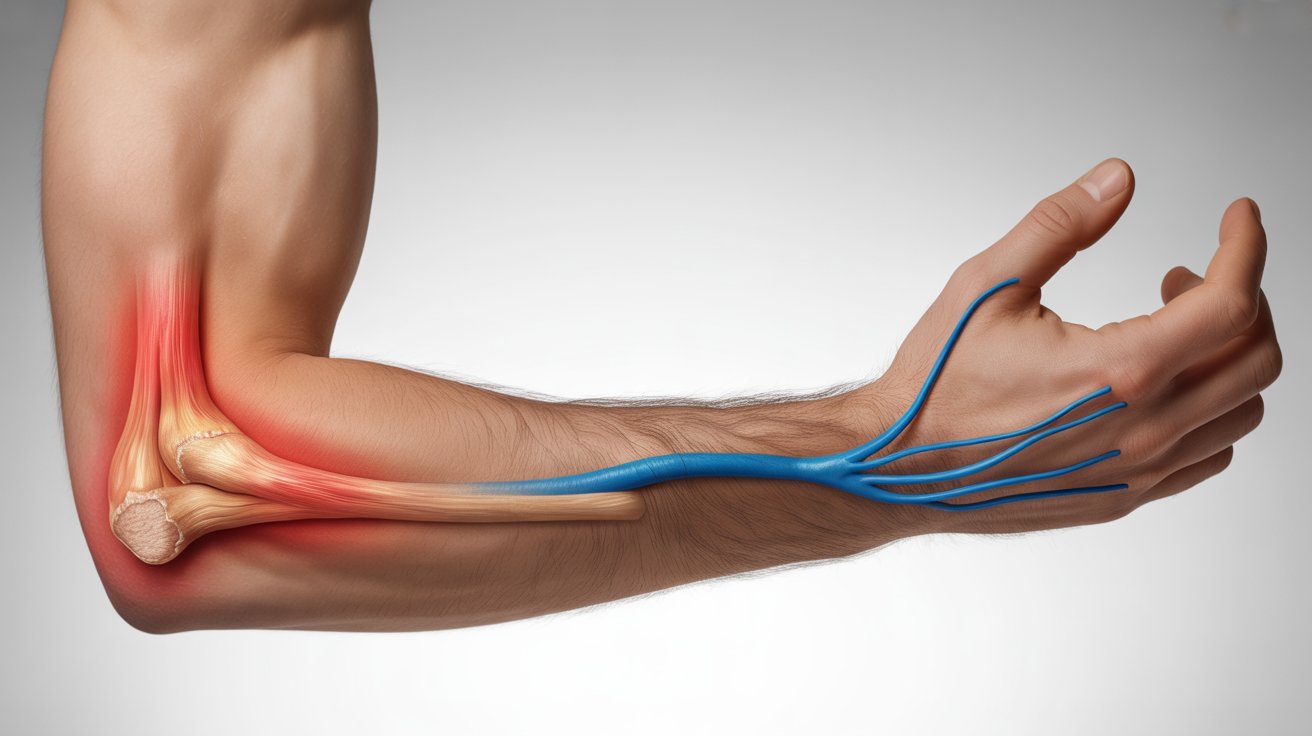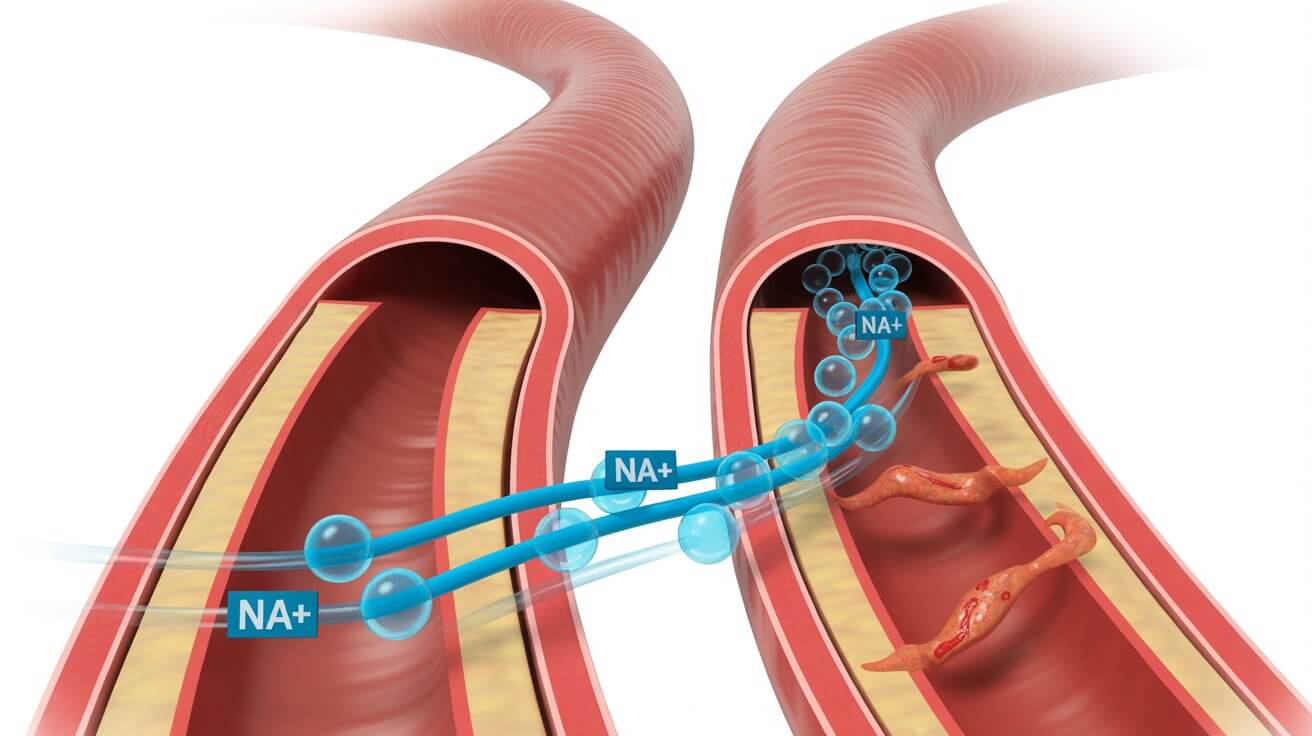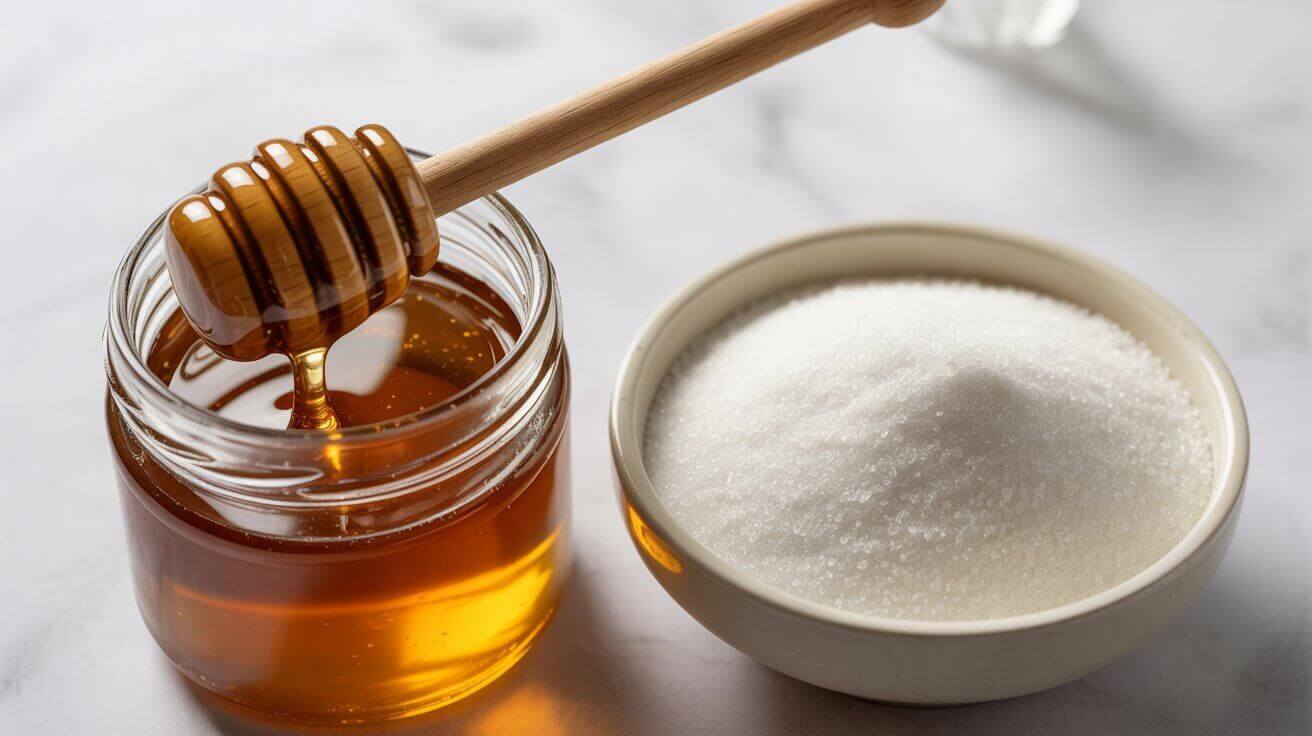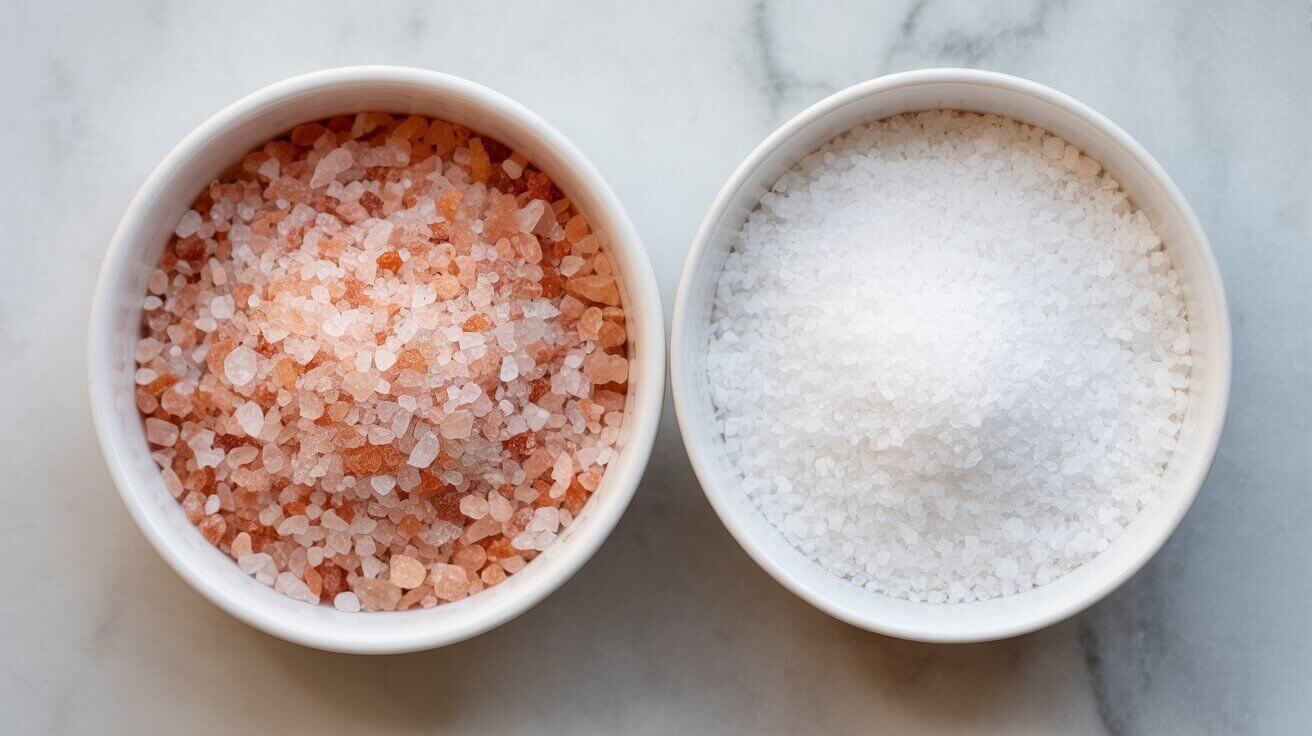It often starts subtly. A faint stiffness in the knees when you get out of bed. A dull ache in your hips after a long walk. Maybe your fingers feel a little less nimble than they used to. It’s easy to dismiss these moments as just “getting older,” a normal part of life’s journey. But what if they are early whispers from your joints, signaling a process that deserves closer attention?
This experience is common for millions of Americans dealing with osteoarthritis (OA), the most prevalent form of arthritis. Unlike inflammatory types of arthritis, OA is often described as a “wear and tear” condition. But this description can be misleading. It’s not just about aging; it’s a complex process where the protective cartilage—the smooth, cushiony tissue at the ends of your bones—gradually breaks down. When this cushion thins, bone can rub against bone, leading to pain, stiffness, and reduced mobility.
While factors like genetics and age play a role, it’s often the daily habits that damage cartilage over time that we have the most power to change. Understanding these routines is the first step toward protecting your joints for the long haul.
Here are five common habits that may be contributing to cartilage damage and what you can do to change course.
1. A Sedentary Lifestyle Can Starve Your Joints
It seems counterintuitive, doesn’t it? If osteoarthritis is about “wear and tear,” shouldn’t resting your joints be the best strategy? In reality, inactivity can be one of the biggest adversaries for your cartilage.
Your cartilage is unique; it doesn’t have its own blood supply. It relies on a process called imbibition to get nutrients. Think of it like a sponge. When you move a joint, the cartilage is compressed, pushing out old fluid. When you relax the joint, it decompresses, drawing in fresh, nutrient-rich synovial fluid. This “pumping” action is essential for keeping the cartilage healthy, nourished, and resilient.
A sedentary lifestyle starves your cartilage of this vital process. Furthermore, inactivity weakens the muscles surrounding your joints. These muscles act as crucial shock absorbers. When they are weak, more force and impact are transferred directly to the cartilage, speeding up its degradation.
The Gentle Solution: Embrace Low-Impact Movement
Embrace low-impact movement. Activities like walking, swimming, cycling, and tai chi are excellent choices. They promote joint fluid circulation and strengthen supporting muscles without putting excessive strain on the joints. The goal is consistency, not intensity. Even short, 10-minute walks throughout the day can make a significant difference.
More Helpful Reads You Might Like:
2. Carrying Excess Body Weight Adds Daily Strain
The connection between body weight and joint health, particularly in weight-bearing joints like the knees and hips, is undeniable. Every extra pound of body weight adds several pounds of pressure on your knees with each step you take. Imagine carrying a heavy backpack all day, every day; that’s the kind of stress your joints endure.
This constant, excessive pressure does more than just physically compress the cartilage. Adipose tissue (body fat) is metabolically active and can produce inflammatory proteins called cytokines. Some researchers suggest that these inflammatory substances may circulate in the bloodstream and contribute to the breakdown of cartilage in joints throughout the body, not just the ones bearing weight. This helps explain why osteoarthritis can also appear in non-weight-bearing joints, like the hands.
The Supportive Solution: Focus on Sustainable Weight Management
Focus on sustainable weight management. Even a modest weight loss can significantly reduce the load on your joints and lower inflammation. A 5-10% reduction in body weight has been shown to improve pain and function for individuals with knee OA. This isn’t about drastic diets; it’s about building a balanced lifestyle with nutritious food and regular movement.
3. Ignoring Your Body’s Pain Signals
There’s a cultural tendency to “push through the pain,” whether at the gym, at work, or during weekend projects. While determination is admirable, ignoring your body’s signals can be detrimental to your joints. Pain is a protective mechanism—it’s your body’s way of saying, “ease up, something isn’t right.”
When you perform activities that cause sharp or persistent joint pain, you may be creating micro-trauma in the already-vulnerable cartilage. Repetitive, high-impact movements or lifting weights with improper form can place unnatural stress on your joints. Over time, this repeated strain can lead to inflammation and accelerate the degenerative process of osteoarthritis.
The Mindful Solution: Learn to Listen to Your Body
Learn to listen to your body. Differentiate between the mild discomfort of muscle fatigue and the sharp, stabbing, or persistent ache of joint pain. When you feel the latter, it’s time to stop, rest, and reassess. Consider working with a physical therapist to learn proper form for exercises and daily activities. They can help you find ways to stay active without harming your joints.
4. Wearing Unsupportive Footwear Disrupts Alignment
What you put on your feet has a direct impact all the way up your kinetic chain—to your ankles, knees, hips, and even your spine. Footwear that lacks proper support, cushioning, or alignment can alter your body’s mechanics and force your joints to absorb impact in unnatural ways.
For example, high heels pitch your body forward, placing immense pressure on the inside of the knees, a common site for osteoarthritis. On the other end of the spectrum, flimsy, unsupportive flats or worn-out sneakers can fail to absorb shock, sending jarring forces up through your legs with every step. Poor footwear can also contribute to misalignment, causing uneven wear on the cartilage over thousands of steps each day.
The Grounding Solution: Invest in Supportive Shoes
Invest in supportive, well-fitting shoes. Look for footwear with good arch support, a cushioned sole, and a wide toe box that allows your feet to function naturally. For some individuals, custom or over-the-counter orthotics can help correct alignment issues and provide better shock absorption. Your choice of shoes is a foundational element of joint care.
5. Eating a Pro-Inflammatory Diet
The food you eat can either help calm inflammation or fuel it. A diet high in processed foods, refined sugars, unhealthy fats, and red meat can promote a state of chronic, low-grade inflammation throughout your body. As mentioned earlier, this systemic inflammation is believed to play a role in the progression of osteoarthritis.
These foods can trigger an inflammatory response that may contribute to the enzymatic processes that break down cartilage. While a single sugary drink won’t ruin your joints, a consistent dietary pattern built around these foods can create an internal environment that is hostile to cartilage health.
The Nourishing Solution: Shift to Anti-Inflammatory Foods
Shift toward an anti-inflammatory eating pattern. This isn’t a restrictive diet but a style of eating centered on whole foods. The Mediterranean diet is an excellent model, rich in:
- Fruits and vegetables: Packed with antioxidants.
- Fatty fish: Like salmon and mackerel, which are high in omega-3 fatty acids.
- Nuts, seeds, and olive oil: Healthy fats that fight inflammation.
- Whole grains: To provide steady energy and fiber.
- Spices: Such as turmeric and ginger, which have known anti-inflammatory properties.
A Proactive Path Forward to Protect Your Cartilage
Seeing your daily habits through the lens of joint health can be empowering. It shifts the narrative from one of inevitable decline to one of proactive preservation. The journey to healthier joints isn’t about radical, overnight changes. It’s about making small, thoughtful adjustments to the way you move, eat, and live.
If you recognize some of your own routines in this list of habits that damage cartilage, don’t be discouraged. Instead, see it as an opportunity. Start with one small change. Maybe it’s a 15-minute walk during your lunch break or swapping a processed snack for a piece of fruit. Each positive step you take is an investment in your future mobility and quality of life.
If you are experiencing persistent joint pain, it is important to consult with a healthcare provider for an accurate diagnosis and a personalized management plan. They can guide you on the safest and most effective path forward for your unique situation. Your joints are designed for a lifetime of movement—let’s give them the care they deserve.
Frequently Asked Questions (FAQ)
1. Can I rebuild or regrow the cartilage I’ve already lost?
This is a very common and important question. Currently, there is no proven method to completely regrow cartilage that has been lost due to osteoarthritis. The body’s ability to heal cartilage is very limited because it lacks a direct blood supply. However, this shouldn’t be discouraging. The primary goal of managing osteoarthritis is to preserve the cartilage you still have, slow down further damage, and improve joint function. The habits discussed in this article—such as maintaining a healthy weight, staying active with low-impact exercise, and eating an anti-inflammatory diet—are the most effective ways to achieve this and manage symptoms.
2. Is running or high-impact exercise always bad for my joints?
Not necessarily, but it depends on the individual. For someone with healthy joints and strong supporting muscles, running can be a safe activity. However, for individuals with existing joint damage, a history of injury, or improper running form, high-impact exercise can accelerate cartilage wear. The key is to listen to your body. If an activity causes pain, it’s a sign to stop and reconsider. For many people dealing with osteoarthritis, switching to lower-impact activities like cycling, swimming, or brisk walking provides the cardiovascular benefits without the excessive strain on the joints.
3. If I’m overweight, how much weight do I need to lose to feel a difference in my joints?
You might be surprised by how little it takes to make a big impact. Research shows that for every pound of weight you lose, you reduce the load on your knees by several pounds with each step. Losing just 5% to 10% of your body weight can lead to a significant reduction in joint pain and an improvement in mobility. The focus should be on gradual, sustainable progress rather than drastic measures. This small change can make a world of difference in protecting your cartilage long-term.
4. Are there specific supplements that are proven to help with cartilage health?
The world of supplements can be confusing. While some studies have explored glucosamine and chondroitin, the results have been mixed, and they don’t work for everyone. Some individuals report modest benefits, while others see no change. Similarly, supplements like turmeric and omega-3s are popular for their anti-inflammatory properties. It is essential to approach supplements as a secondary support, not a primary solution. The foundational habits that damage cartilage or protect it—like diet, exercise, and weight management—have much stronger scientific backing. Before starting any new supplement, it’s crucial to talk to your healthcare provider to ensure it’s safe and appropriate for you.
Sources & Further Reading
- PubMed: Modifiable Risk Factors for the Progression of Knee Osteoarthritis: A Narrative Review of the Evidence. (https://pubmed.ncbi.nlm.nih.gov/40174718/)
- Centers for Disease Control and Prevention (CDC): Physical Activity for Arthritis (
https://www.cdc.gov/arthritis/prevention/index.html) - National Institute on Aging (NIH): Osteoarthritis (https://www.nia.nih.gov/health/osteoarthritis/osteoarthritis)
- Mayo Clinic: Osteoarthritis – Diagnosis & treatment (
https://www.mayoclinic.org/diseases-conditions/osteoarthritis/diagnosis-treatment/drc-20351930) - Johns Hopkins Medicine: Osteoarthritis
(https://www.hopkinsmedicine.org/health/conditions-and-diseases/arthritis/osteoarthritis) - Cleveland Clinic: Foot and Ankle Arthritis
(https://my.clevelandclinic.org/health/diseases/13900-foot-and-ankle-arthritis) - Arthritis Foundation: The Ultimate Arthritis Diet (
https://www.arthritis.org/health-wellness/healthy-living/nutrition/anti-inflammatory/the-ultimate-arthritis-diet)









